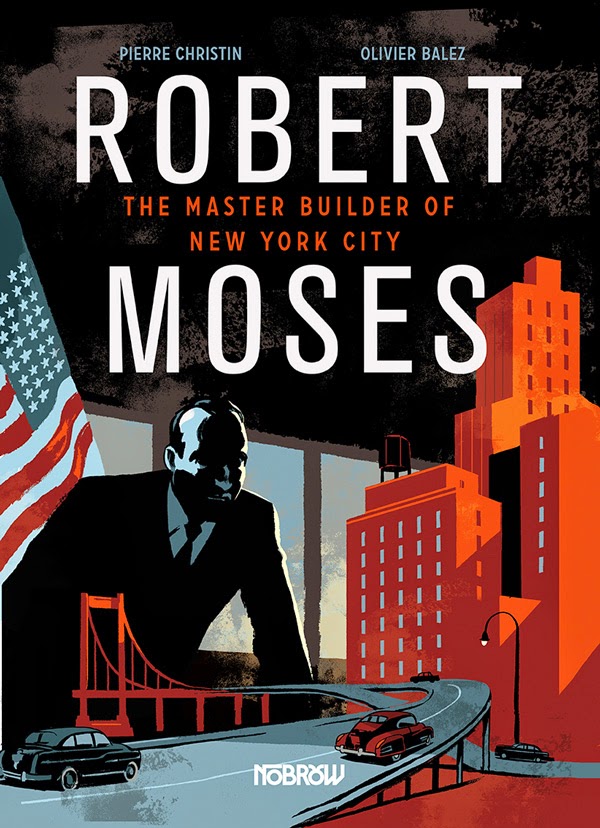Saturday, January 31, 2015
Wednesday, January 28, 2015
Sunday, January 25, 2015
From @Streets4Every1 —
Commercial Drive Campaign
The goal of the Commercial Drive Campaign is to build the necessary support so that Commercial Drive can become safe for, and inclusive of, people of all ages, abilities, and incomes by fall of 2015. The core changes we are aiming for include widened sidewalks, better transit and transit shelters, separated bike lanes, better pedestrian crossings and more marked or signalized crosswalks, more street furniture, and more landscaping. More at: Commercial Drive Campaign » Streets for Everyone
The Case For A Complete Street On Commercial Drive @spacingvan @slowstreets http://t.co/0icwNIPKZK pic.twitter.com/TPCmhnW4H1
— Darren Proulx (@dnproulx) January 19, 2015
Saturday, January 24, 2015
BC Sustainable Energy Association —
BCSEA Kamloops presents Gil Peñalosa Feb 3

Urban design might not be the first thing you think of when it comes to the BCSEA. Why bring in an urban advisor rather than an energy expert? According to Cheryl Kabloona, Chair of the local Chapter, it’s because urban design dictates lifestyle, and lifestyle has a huge impact on people’s energy footprint. “For example, if you have a city where people can enjoy a nice walk to work instead of an aggravating commute, you’re improving health, you’re saving money, you’re building a friendlier, happier community, and you’re using a lot less energy,” says Kabloona. “There are so many ways that the physical infrastructure around us influences our energy choices.” Read more: BCSEA Kamloops presents Gil Peñalosa | BC Sustainable Energy Association
Friday, January 23, 2015
From Smart Growth America —
A national epidemic of pedestrian deaths
A national epidemic
of pedestrian deaths
We’re walking more often, for fun and to get to places in our neighborhood. We turn to WalkScore when figuring out where to live and our most walkable places often are among the most economically vibrant in the country. Hundreds of cities have adopted Complete Streets policies to ensure walking is in the forefront of our decisions regarding street design. Public health officials from the Office of the Surgeon General to the local doctor’s office are encouraging us to get out for a walk for physical activity and to combat chronic disease.
But we are still dealing with a legacy of roadways that fail to account for the safety of people on foot. In the decade from 2003 through 2012, more than 47,000 people died while walking on our streets. That is 16 times the number of people who died in natural disasters during in the same ten years, but without the corresponding level of urgency.
In 2012, pedestrians accounted for nearly 15 percent of all traffic deaths, up 6 percent from 2011 and representing a five-year high. Read more: A national epidemic of pedestrian deaths | Smart Growth America
of pedestrian deaths
Yes to better transit and a better future
Get more images like this from Plebiscite Posters http://t.co/Od5GXLCDtX pic.twitter.com/Dq0AvfMr3d
— Stephen Rees (@stephen_rees) January 23, 2015Tuesday, January 20, 2015
Sunday, January 18, 2015
60% of families would choose
a smaller home if it was in a walkable
transit-friendly neighbourhood
60% of families would choose a smaller home if it was in #walkable, transit-friendly neighbourhood pic.twitter.com/M4eW3HvFlv v/@BrentToderian
— Canadian Urbanism (@CanUrbanism) January 18, 2015Friday, January 16, 2015
Thursday, January 15, 2015
Wednesday, January 14, 2015
Tuesday, January 13, 2015
From Brain Pickings — A Love Letter
to Jane Jacobs, Tucked Inside a
Graphic Biography of Robert Moses
...make no mistake — Moses was no holy hero. The deep flaws of his power-hungry character and the dehumanizing ruthlessness of his industrial vision reveal themselves gradually and crescendo midway through the book as his counterpoint emerges: Jane Jacobs, legendary patron saint of urbanism and the human-centered city, enters the scene, via the beloved bicycle on which she was known to roam the city.
From Montreal Gazette —
Montreal unveils plans for urban boulevard

At the centre of the massive project, which was subject to public consultation in 2009, are 42-metre wide public-park spaces, totalling more than 20,000 square metres, that will separate the north and southbound roadways. The northbound direction, heading downtown from the South Shore between the Lachine Canal and Notre Dame St., will be four lanes wide, while the southbound section will count five lanes.
Friday, January 9, 2015
Tuesday, January 6, 2015
Subscribe to:
Posts (Atom)



